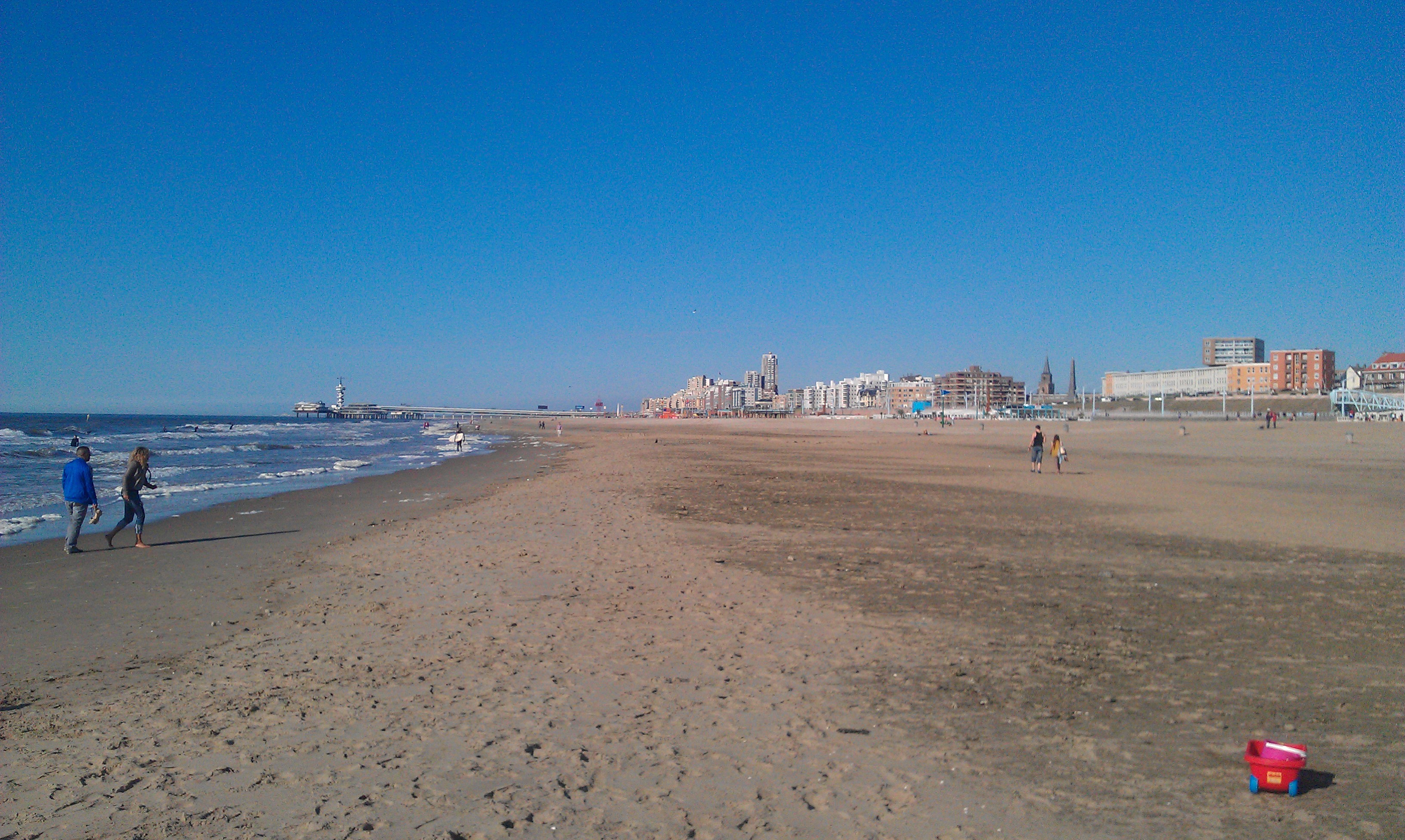
Uploaded on 2017-03-19 by Joeri Bijster
The three most import stocks and flows in the city of The Hague in The Netherlands might be People, Water and Land. People, not only because of its diverse demographics (stock), but also because The Hague is the government city housing many international bodies and organizations, likely to stay in the city. They create a significant flow of people that makes an impact on the city. When - as an example - former President Obama and many other world leaders visited The Hague for the National Security Summit for a few days in 2014, this flow of people had a huge impact on the city, and on other stocks and flows such as information and space. Water, because the sea is an important resource (stock) for leisure, food and nature. The coastal area is largely used to purify drinking water (flow) in a natural way, and also the city has several water bodies and canals that are vital stocks for infrastructure, drainage (water leaving the city) and again leisure. Land, because The Hague is built on sand and later expanded on sea clay areas further away from the coast. This stock of land roughly divides the city into a rich part on the sand (also the King lives there) and a middle-class and poorer people living on the clay grounds. Another aspect related to land is the flow of land at the coast called the ‘sand motor’ or ‘sand engine’: a large artificial sand bank that has been put in place off the coast. The flow of sand serves to protect the coast (sand ‘leaving’ the sand bank washes ashore a few kilometres north) at the same time creating a dynamic natural and recreational area. The stock of people will change as the city’s populations keeps on growing. This should be accommodated by more high-rise buildings (there aren’t that many) in lieu of expansion areas (there are many and not many options to continue this way). This increases the density but the city will benefit as the natural areas bordering the city can remain untouched and commuting from the city’s borders towards the centre is limited. The flow of people connected to the international organizations should be integrated more with other stocks and flows in the city, preventing nuisance to the citizens of The Hague which sometimes is the case when temporary measurements become obstacles, such as blocked roads. The segregation of neighbourhoods springing from the stock of land should be brought to a halt. This could be done by increasing the mix of communities and functions and opening up the coastal (sand ground) areas. This way the sea and the city will be integrated more, and the identity and cohesion of the city is enhanced. A solution to make this happen could be to create more centralities towards the coastal areas since there aren’t many at the moment. As the ‘sand motor’ is a pilot project, this could be taken to a larger scale to exploits its benefits in the future. Coast protection is expensive and this is a semi-natural way to do the job while other stocks and flows benefit. The resilience of both the City and its hinterland is guaranteed by the coastal protection and in the light of climate change it will be more and more important to include this aspect in the stocks and flows models of the city.